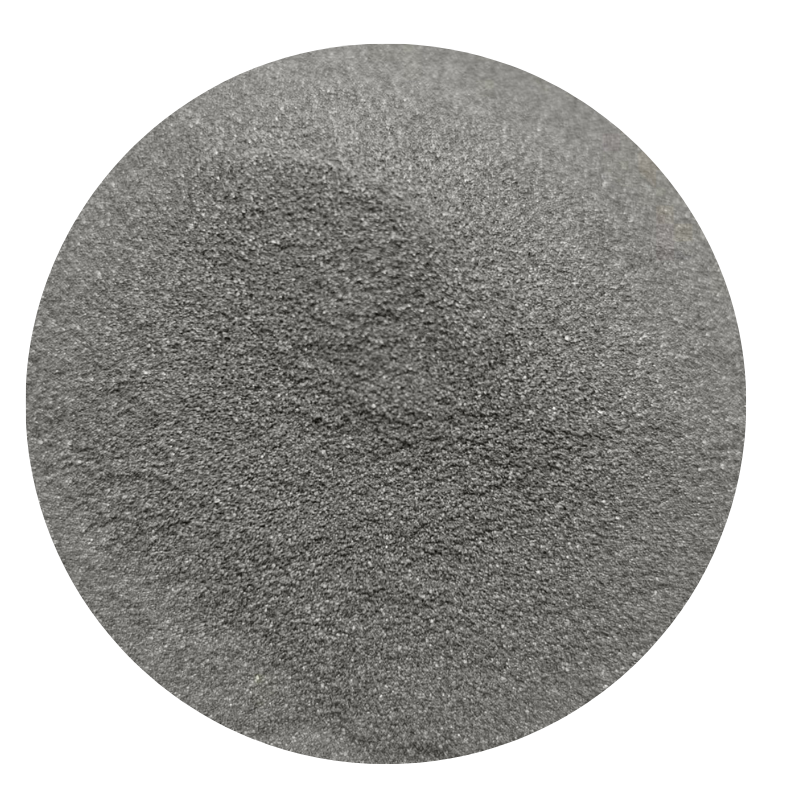
Silica Fume Suppliers for Cement Production in China and Their Key Benefits
Silica Fume in Cement Manufacturing Insights from China
Silica fume, a byproduct of silicon and ferrosilicon production, has emerged as a pivotal component in the field of cement manufacturing. Particularly in China, which is the largest producer and consumer of cement globally, silica fume is being increasingly utilized to enhance the performance and durability of concrete. This article explores the significance of silica fume for cement manufacturers in China, shedding light on its properties, benefits, and the future of its usage in the industry.
Silica fume is composed of fine particles of amorphous silica, usually measuring less than 1 micrometer in diameter. This ultra-fine nature gives it a specific surface area significantly larger than that of ordinary cement, making it an excellent pozzolanic material. When added to concrete, silica fume reacts with calcium hydroxide released during the hydration process to form additional calcium silicate hydrate (C-S-H), which is the primary binding phase in cement. This reaction leads to increased strength, reduced permeability, and improved durability of the concrete.
One of the most noteworthy advantages of using silica fume in cement is its ability to enhance compressive strength. Concrete mixtures containing silica fume typically exhibit higher strength at both early and later age due to the densification of the microstructure. In many cases, incorporating 5-10% of silica fume by weight of cement can lead to a strength increase of 20-50%. This performance enhancement is crucial for projects requiring high-strength concrete, such as high-rise buildings, bridges, and infrastructure undergoing heavy loads.
Moreover, silica fume improves the durability of concrete by reducing its permeability. This characteristic can help mitigate the negative effects of environmental factors, such as chloride intrusion and sulfate attack, making concrete structures more resilient to chemical deterioration. In regions of China where heavy rains or exposure to seawater is common, the incorporation of silica fume can significantly extend the lifespan of concrete infrastructures.
china silica fume for cement manufacturers

Another essential aspect to consider is the sustainability of using silica fume in cement manufacturing. The production of ordinary Portland cement is responsible for a substantial amount of greenhouse gas emissions, primarily carbon dioxide. By substituting silica fume for a portion of cement, manufacturers can not only improve concrete performance but also reduce the environmental impact of their operations. This shift is aligned with China’s commitment to achieving carbon neutrality and promoting eco-friendly construction practices.
However, challenges remain in the widespread adoption of silica fume in China’s cement industry. One of the primary hurdles is the availability and cost of silica fume as it is a byproduct of specific industrial processes. The supply chain for silica fume needs to be enhanced to ensure consistent availability for cement manufacturers. Furthermore, there is a need for greater awareness and education among industry stakeholders about the benefits and proper handling techniques of silica fume to maximize its effectiveness.
In response to these challenges, collaborations between manufacturers, researchers, and government agencies can catalyze the development of innovative solutions. Research into efficient sourcing and processing methods for silica fume, along with advancements in its application in concrete mixtures, could lay the foundation for overcoming existing limitations. Additionally, initiatives to promote the use of silica fume in regional construction standards and codes may facilitate its adoption in various projects.
Looking to the future, the potential for silica fume in China's cement industry appears promising. As the country emphasizes modernization and infrastructural development, the demand for high-performance concrete will only continue to grow. Silica fume stands out as a critical material for meeting these expectations, aligning with both performance and sustainability goals.
In conclusion, as China leads the way in cement production and consumption, silica fume represents a significant opportunity for enhancement in cement manufacturing. Its benefits in terms of strength, durability, and environmental sustainability cannot be overlooked. By addressing the challenges associated with its availability and promoting its effective use in concrete, China can further establish itself as a leader in the global cement industry while committing to sustainable construction practices.
Share
-
Premium Pigment Supplier Custom Solutions & Bulk OrdersNewsMay.30,2025
-
Top China Slag Fly Ash Manufacturer OEM Factory SolutionsNewsMay.30,2025
-
Natural Lava Rock & Pumice for Landscaping Durable Volcanic SolutionsNewsMay.30,2025
-
Custom Micro Silica Fume Powder Manufacturers High-Purity SolutionsNewsMay.29,2025
-
Custom Mica Powder Pigment Manufacturers Vibrant Colors & Bulk OrdersNewsMay.29,2025
-
Custom Micro Silica Fume Powder Manufacturers Premium QualityNewsMay.29,2025






